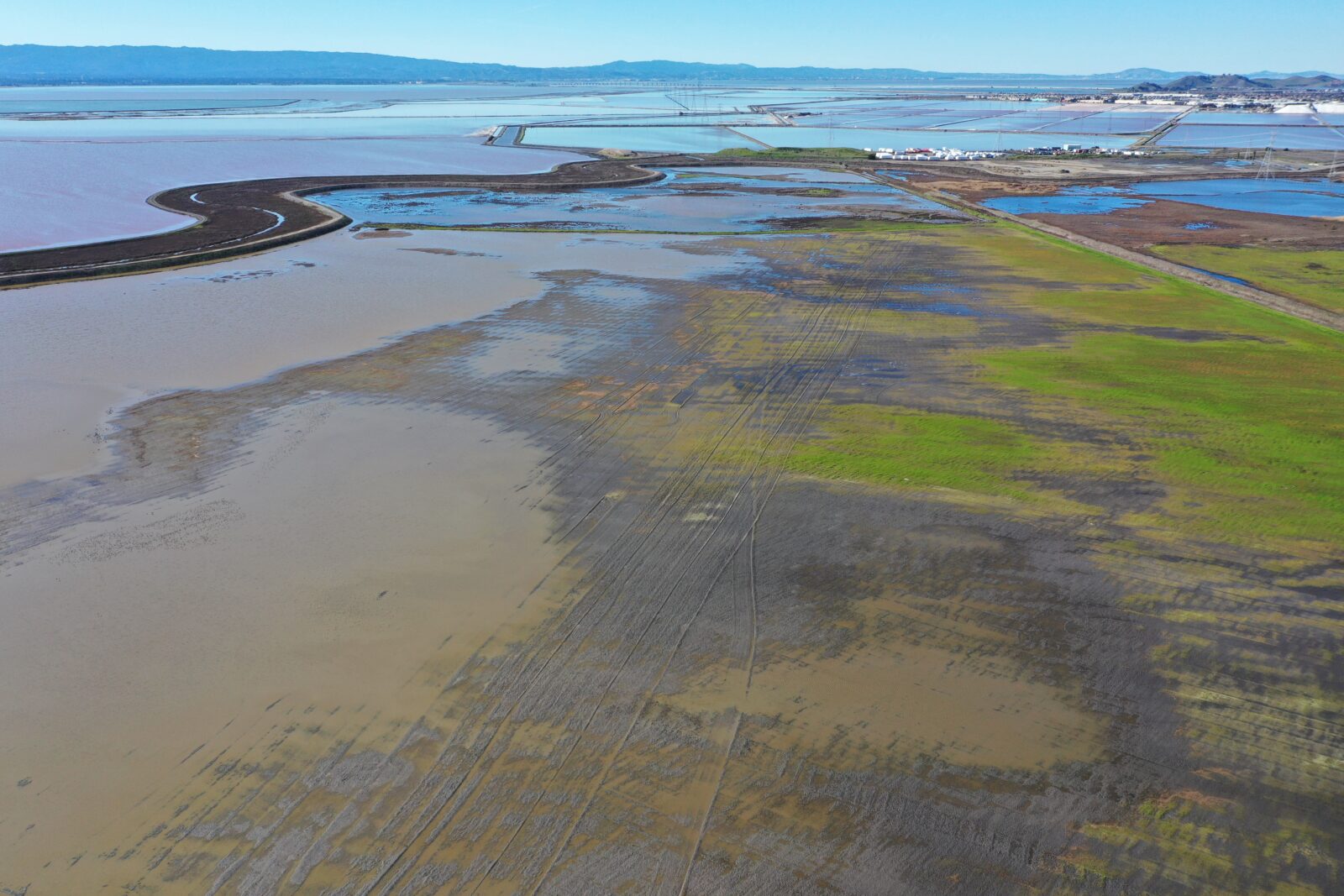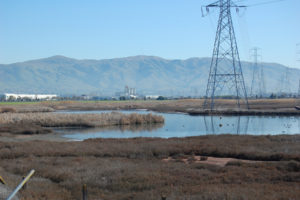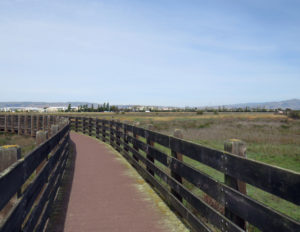Just south of the Dumbarton Bridge, right next to the Don Edwards San Francisco Bay National Wildlife Refuge in Newark, lies one of the most important conservation opportunities for the future of San Francisco Bay—and one of the most threatened. The Newark Area 4 Baylands are a 500-acre Bay wetland complex—a mix of salt marsh, brackish and freshwater marsh, perennial aquatic habitat and uplands that support thousands of waterfowl and migratory shorebirds, along with over a dozen sensitive species. These baylands also represent one of the few remaining opportunities in the highly urbanized South San Francisco Bay to provide space for tidal wetlands to migrate inland with rising sea levels. As scientists who have both worked for decades in coastal wetlands and ecological restoration, we believe the preservation of these lands is critical for the long-term survival of tidal salt marsh habitat and resilience of the San Francisco Bay ecosystem to climate change.
Despite ever-increasing scientific knowledge of the threat posed by sea-level rise, the City of Newark has approved a developer proposal to build hundreds of housing units on the Newark Area 4 Baylands. On behalf of over forty prominent San Francisco Bay scientists who have signed a consensus statement urging the permanent protection of the Newark Area 4 Baylands (read the full statement here), we write this piece to urge the region to work together to permanently protect the Newark Area 4 Baylands before it is too late.
Our reasons for urging this action are many.
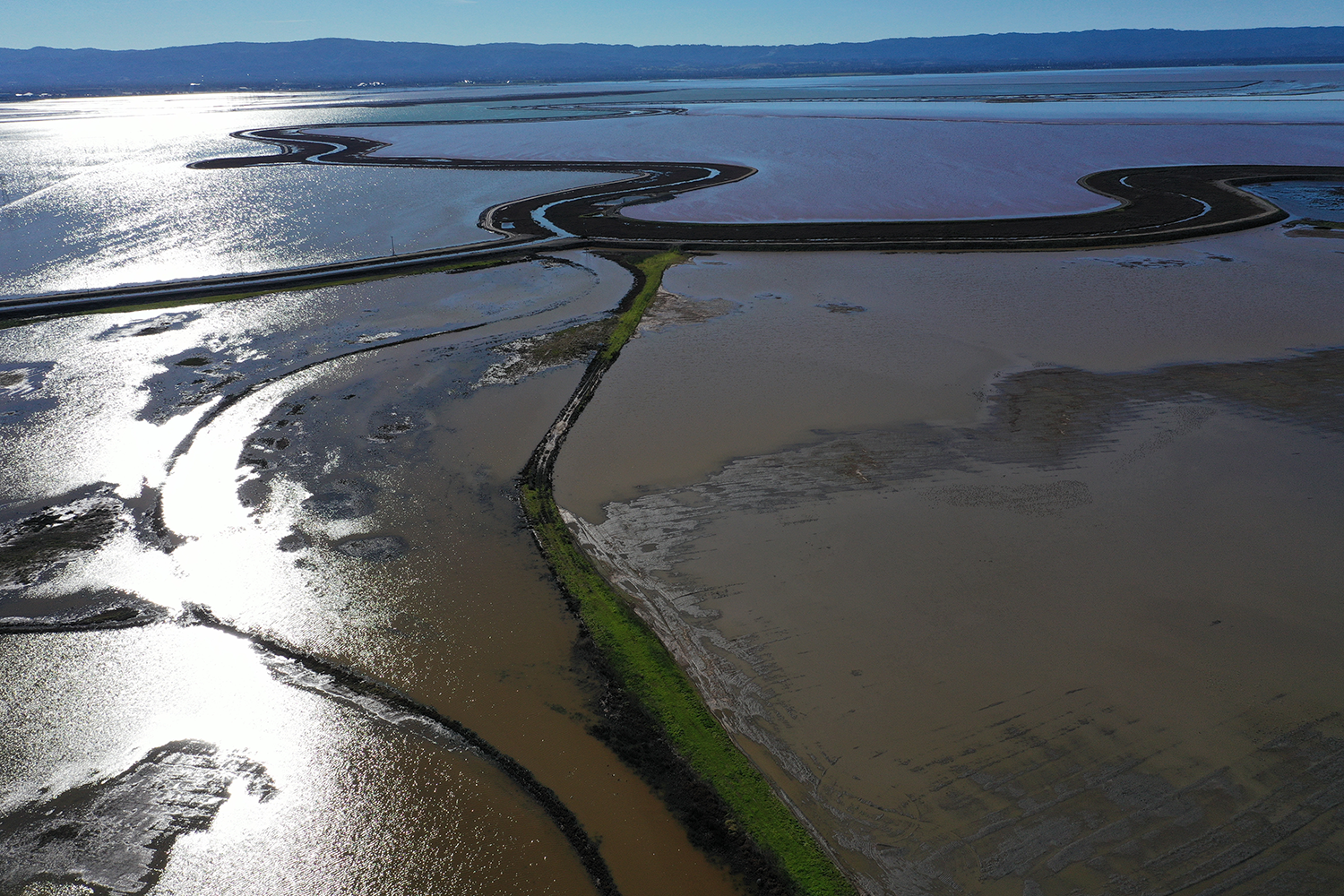
Salt marsh wetlands remove much more carbon dioxide from the atmosphere than planting a forest of the same size does. The Newark Baylands are perfect for restoration to tidal salt marsh, and thus provide a rare opportunity to sequester atmospheric carbon. Wetlands are essential to maintaining good water quality in the Bay, and they provide wonderful natural escapes from urban life—providing trails and calm places to relax and renew.
While wetlands provide all these essential benefits to people, not to be forgotten are the thousands of fish, birds, mammals and other species that depend on marsh habitats such as the Newark Baylands. Thousands of migratory shorebirds and ducks spend the winter on our marshes and, year-round, beautiful harbor seals inhabit this area of the Bay and raise their young. San Francisco Bay wetlands are in critically short supply. Preserving what remains is an urgent priority.
Losing the Newark Baylands harms us by eliminating all these benefits, but it also puts development in the path of rising waters. As our atmosphere warms, scientists predict that San Francisco Bay could rise by as much as seven feet by 2100, which will threaten developments built on baylands. Building into the Bay is not wise, and trying to protect such developments from flood waters will cost taxpayers mightily in the future.
Instead, permanently protecting the Newark Baylands as wetlands would allow the Bay to continue to rise into this floodplain, rather than into expensive developments. The Baylands would buffer nearby communities of Newark, Fremont and Union City from floods and storm surges. Rather than burden local residents with the costs of future flood protection from building new housing in a floodplain, the Newark Area 4 Baylands can instead help minimize the risks and public costs of sea-level rise.
Protecting the Newark Baylands also offers a rare, valuable opportunity to support the long-term resilience of the Bay’s wetlands to climate change. Tidal wetlands are established under specific conditions and elevations between low and high tide. Without development, as sea levels rise, the Bay’s tidal wetlands would naturally adapt by migrating upslope. But with so much of the shoreline hardened by levees and development, especially in the South Bay, there are very few areas where this natural wetland migration can occur. This will result in the drowning of the Bay’s valuable tidal wetlands—and harm to the many species that depend on them. We must act now to protect undeveloped shoreline areas that can act as wetland migration corridors. The Newark Baylands are one of these rare areas.
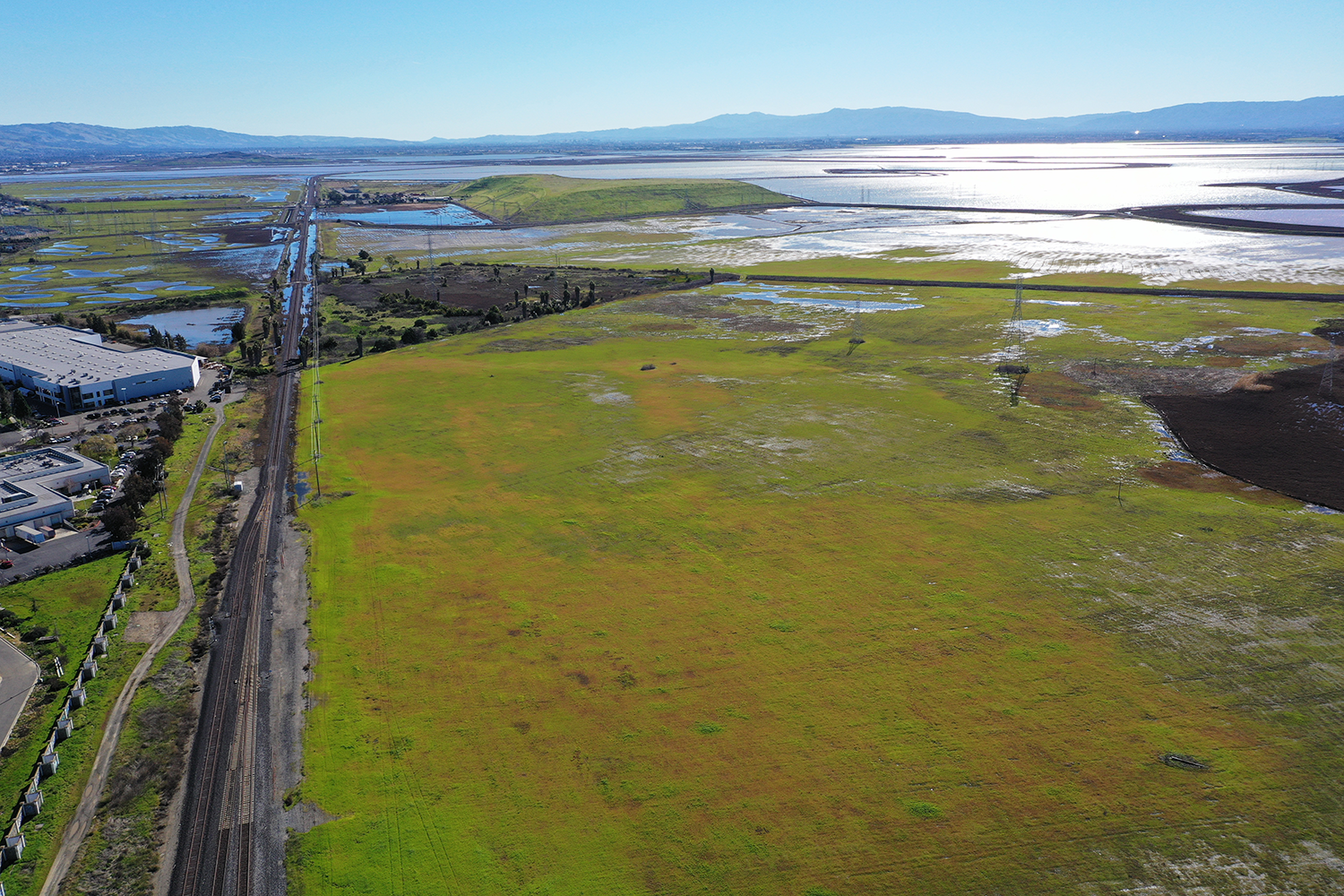
The region’s scientific community has spent thousands of hours studying and analyzing the needs of the San Francisco Bay ecosystem, and our studies have consistently highlighted the unique and significant value of protecting and restoring the Newark Area 4 Baylands. As scientists who work every day to preserve the San Francisco Bay—and understand the value wetlands provide our communities—we firmly believe that Newark Area 4 is simply one of the most important, unprotected wetland ecosystems remaining, and one of the region’s best opportunities to employ nature-based solutions to combat climate change and ensure a resilient Bay Area.
We urge decision makers to preserve the Newark Area 4 Baylands to protect people and the Bay into the future. And we encourage the public to tell their elected officials that we must plan for the future by preserving areas like the Newark Area 4 Baylands, to fight climate change and protect the benefits the Bay provides all its residents.

